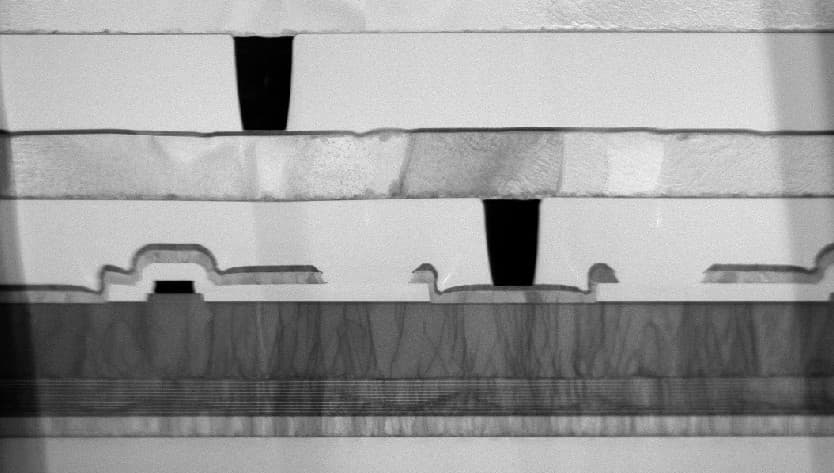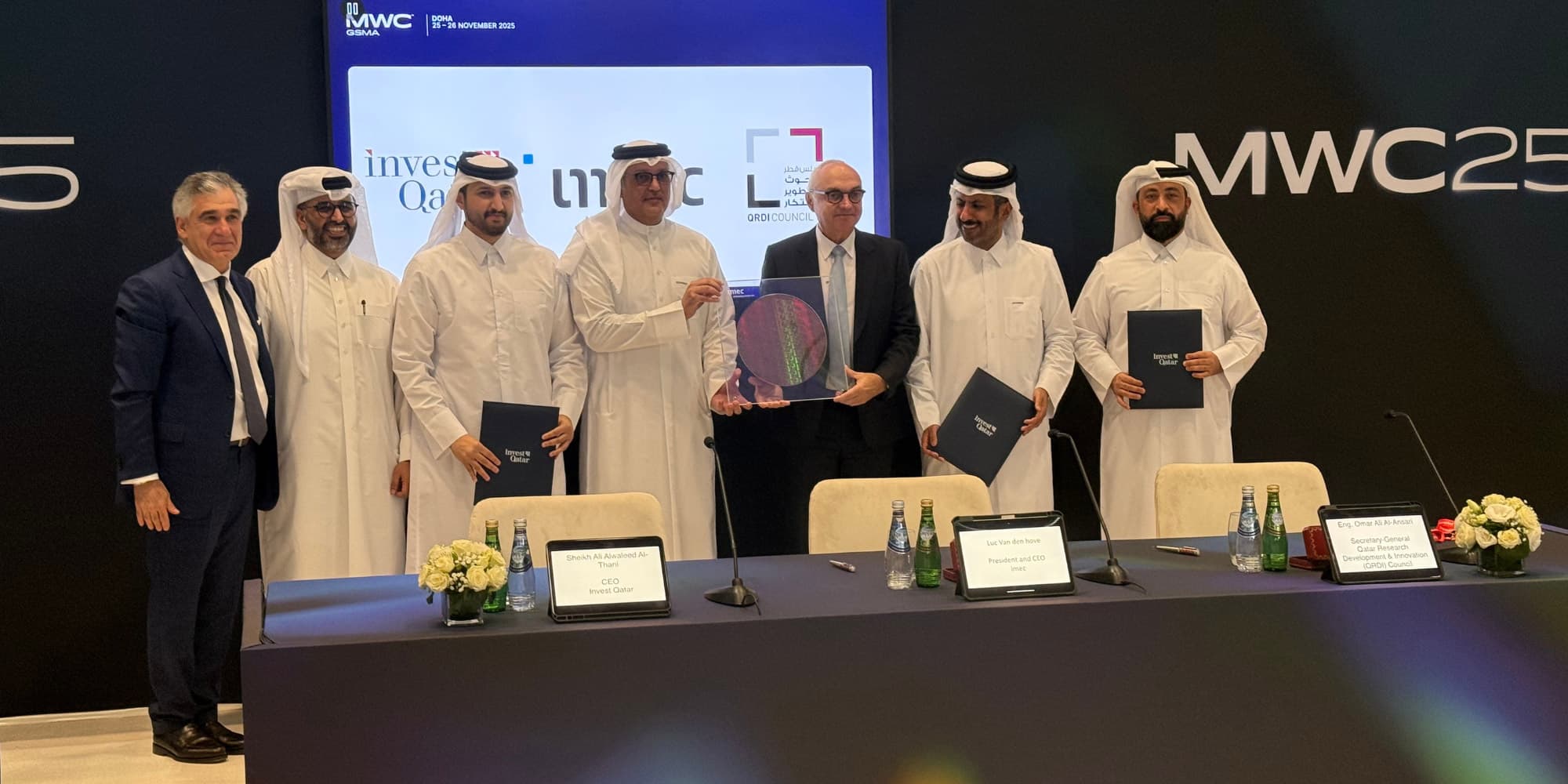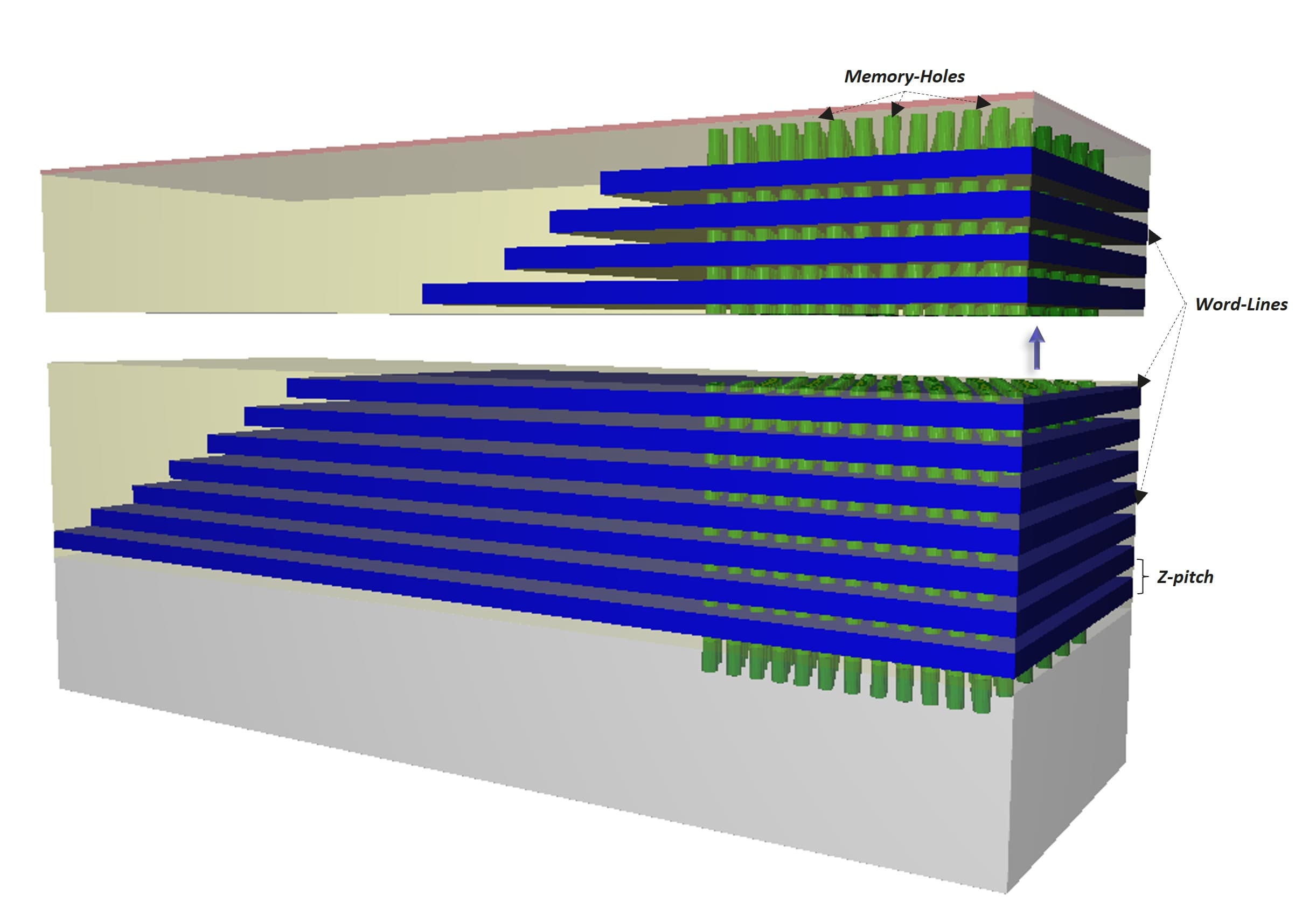
Let’s all go to the city on our scooters!
By 2035, more people will be living in the city. This will have a practical side to it – you won’t need to take the car to work or school, to the shops or the theater. Plus, it will be better for the environment. After all, we will need more forests and green spaces to act as a green lung for our planet. Which will be difficult if everyone wants their own patch of garden. And to free up as much space as possible in the city for the trees and parks that are so good for purifying the air and collecting rainwater, high-rise buildings would appear to be the best solution.
But don’t panic, all you nature-lovers! The city of the future won’t be a concrete, anonymous, lonely place to live. On the contrary: it will be green, with lots of variety and plenty of space to meet people.
The first problem that we need to tackle if we are going to achieve this aim is the omnipresent car. Automobiles take up an awful lot of space: places to park at night, other places to park during the day, endless lanes of traffic in the city and so on. That makes a lot of concrete that you don’t actually want in a green city. But will we still need to have our own car in 2035? Wouldn’t we rather use shared vehicles – they’re much more affordable and come in many different shapes and sizes. Plus, they’re easy to use and never boring. These include (shared) cars, (cargo) bikes, scooters, mopeds and so on. Then there are buses, metros and trains.
All of which means there’s a huge range of vehicles to choose from – and that’s also where the danger lies. Because there are already a great many providers of these shared bikes and cars. And if you have a card from provider X you won’t be able to hire a bike from provider Y. Yes, you’ve guessed it – all this chaos needs a little order bringing to it.

Done! We will no longer pay for a shared bike from provider X, but for ‘mobility’ as a general concept. There will be an app that gives us access to every possible type of vehicle in the city. And that app will make it very easy to pay for what we need on that particular day. The app will even suggest how best to travel from place A to place B – and which means of transport to use. So you’ll no longer pay for a specific vehicle or even for a pass to a shared bike. No, you’ll pay for mobility (in all its forms). This is what connoisseurs call ‘Mobility as a Service’.
Another problem with having such a diverse range of transport methods to choose from is that their popularity may rise so quickly that they actually become a burden for the city instead of a relief. A couple of examples are the electric bikes and scooters that are currently very popular for getting around town in Belgium, as well as in many American and European cities. Some (statically planned) cities may find it hard to cope with the rapid emergence of this type of vehicle.
Certainly, Smart City technology can provide a solution for this by making areas put to more flexible use, depending on the weather conditions, time of day, pressure of traffic, etc. Example: the direction of the center lane of the road can be changed in the morning and evening to accommodate traffic flows, bus lanes can become cycle paths around schools in the morning, car parks can be used as basketball courts at the weekend – and so on. All in all, collecting data, visualizing traffic flows, having central control of digital signs above the roadway, placing and removing traffic barriers automatically, etc. can help ease day-to-day planning in the city.
Other problems that need solving include the couriers who crisscross the city constantly to deliver the packages we order online. This can be done by having a single integrated delivery service that collects and delivers packages (at the same time) in special microhubs, akin to the Bringme boxes that you already see in businesses and at supermarkets. All of the letterboxes for one area will then be in one location. They’ll also make the ideal meeting place for getting to know your neighbors and having a good chat – like in the old days.
And, finally, we’ll also have to produce things more locally in the city. Vegetables will be grown on the supermarket roof and clothes may be made using a 3D printer – either at home or in a 3D printing center in the city.











